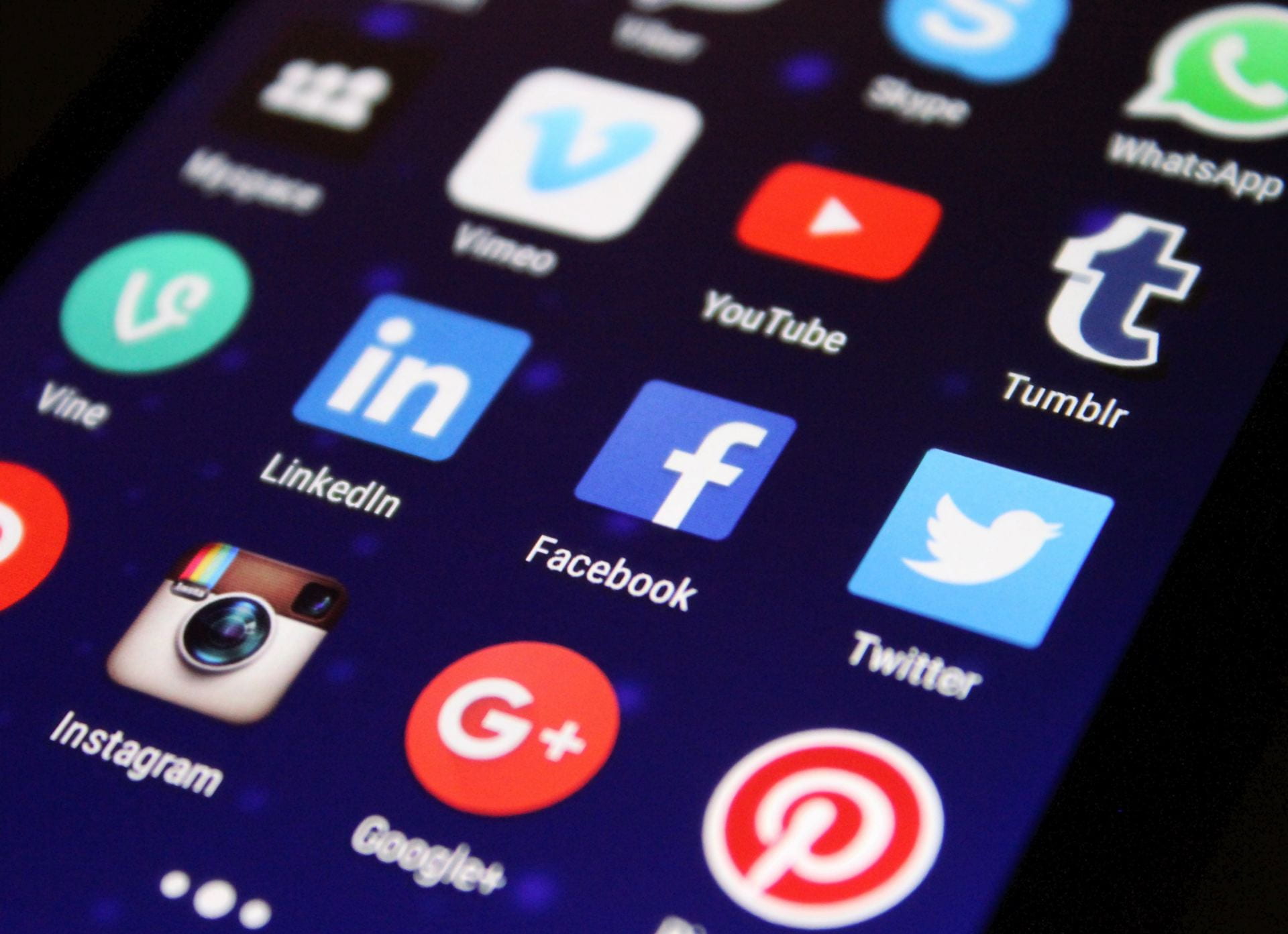
We see it all the time, a “click here to view content” pop-up, or a “you must be 18 years or older to view this content” message. They are all over our social media platforms. Youtube, Facebook, Twitter and Instagram are just a few of the platforms with these particular capabilities and it’s a good idea but in execution, it’s not that perfect. People can still post graphic images or videos from tragic events and it still takes a few hours for it to get flagged and for a content warning to be placed. Yet, by the time that content is protected, thousands of people have shared, downloaded or seen these posts. So can we really censor anything?
Here’s my theory: if things are posted online or even seen in any version of media, it cannot be censored. Now, I think there are certain lines that shouldn’t be crossed or fully available to public access, like videos of graphic violence, but those things still tend to show up on my feed— censored or not. Even when it’s censored, my curiosity is piqued and I feel the need to figure out what it is, which makes me click it. So either way, I’m still seeing the content, even if it’s not something I’d prefer to see.
Now Twitter and Facebook and other similar platforms aren’t the only ones facing this censorship. Netflix and other streaming services are dealing with censorship issues too and if anything, it’s more evident. When it happens on platforms like Twitter, no one really talks about it. We just consume the content and move on from it without really bringing up what we’ve seen on our phones to others. But when it happens on a television show or in a movie, it can end up making national headlines. For instance, Netflix has been in hot water recently about their original show, “Thirteen Reasons Why,” which is full of controversal topics and scenes such as rape and graphic depictions of violence. They do, however, add trigger warnings at the beginning of the episodes. One episode in particular, in season two, had a warning that really didn’t mentally prepare you for what you were about to see.
That’s the real problem with censorship. Yes, you are censoring content but censorship, I would say, in some ways is subjective. Some people would deem a semi-nude picture or scene as censorable material while others wouldn’t bat an eye. There was even a video that went viral on Twitter of a man attempting to catch his bunny and it was censored, but to me there was nothing graphic or violent about it.
To me, that is the danger in censorship, the fact that you don’t know what people would consider sensitive or graphic material. Now for movies and television, there can be clearer guidelines such as R-ratings or at least a consensus of opinions as to what is appropriate before things are posted. But for social media, it’s an open field. The posts usually go through one line of thought before they are posted and then it’s open to the world’s interpretation. Since social media is a global version of communication and people are free to post whatever they choose in whatever medium, I don’t think we will ever see a fully sanitized media, but hopefully the censors we do have can protect against some of the more intense instances.


